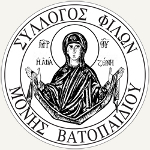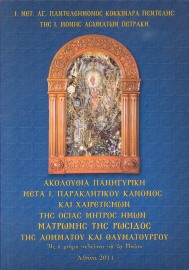
In the context of forbidding attitude of the Eastern Fathers toward mental images, it seems necessary to briefly mention elaborate and very imaginative Orthodox iconography.[5] Icons in the Orthodox Tradition are used for prayer, meditation, and contemplation. Yet, even during prayer before icons, which obviously present visual imagery, the use of mental imagery, according to the Orthodox Tradition, is to be avoided. St. Ignatii (Bryanchaninov) writes:
The holy icons are accepted by the Holy Church for the purpose of arousing pious memories and feelings, but not at all for arousing imagination. Standing before an icon of the Savior, stand as if before the Lord Jesus Christ himself, Who is invisibly everywhere present and by His icon is in that place, where the icon is; standing before an icon of the Mother of God, stand as if before the Most-Holy Virgin Herself; but keep your mind without images: there is a great difference between being in the presence of the Lord or standing before the Lord and imagining the Lord. (Works 2004, 1:76) Διαβάστε τη συνέχεια του άρθρου »



































